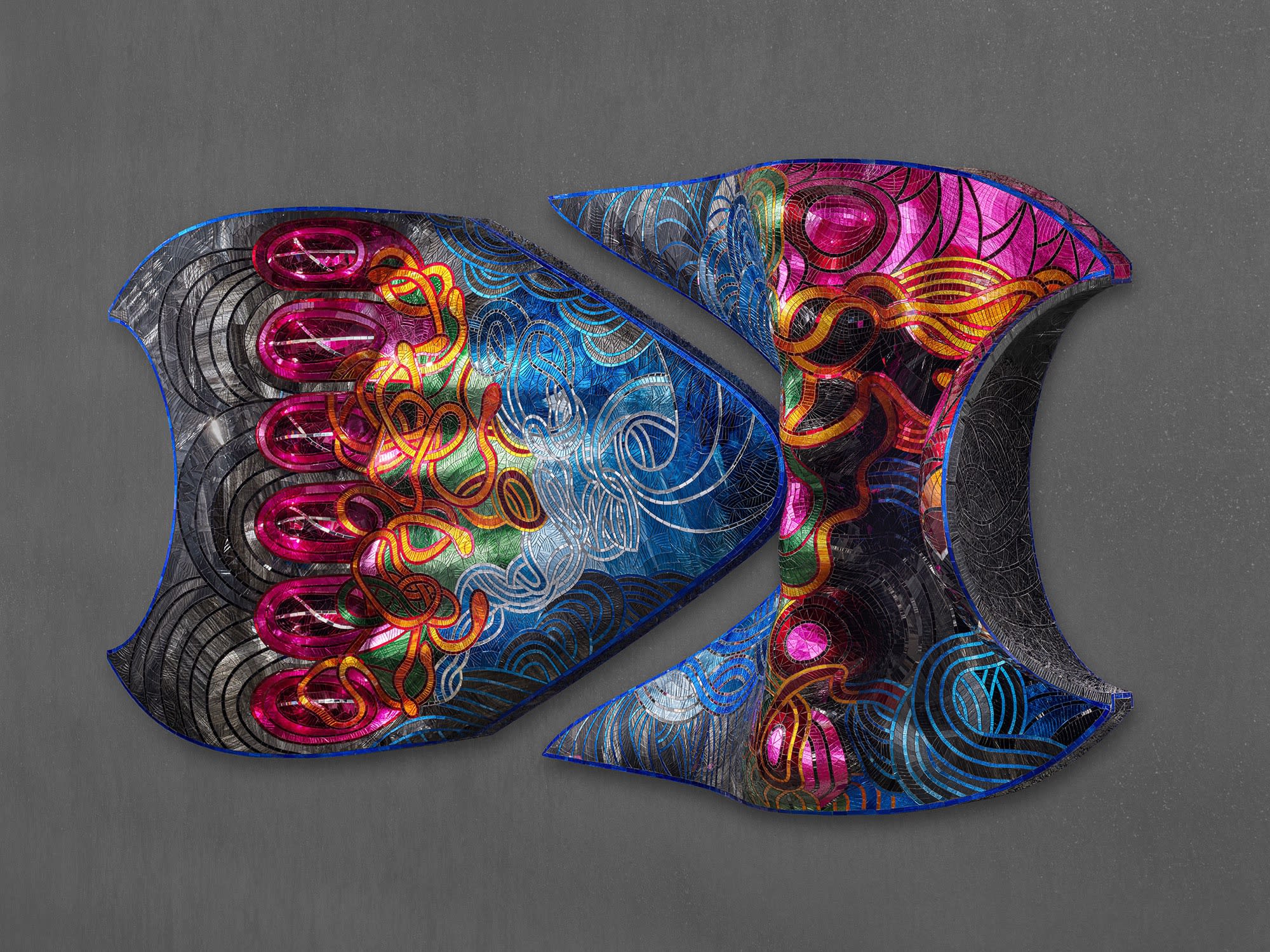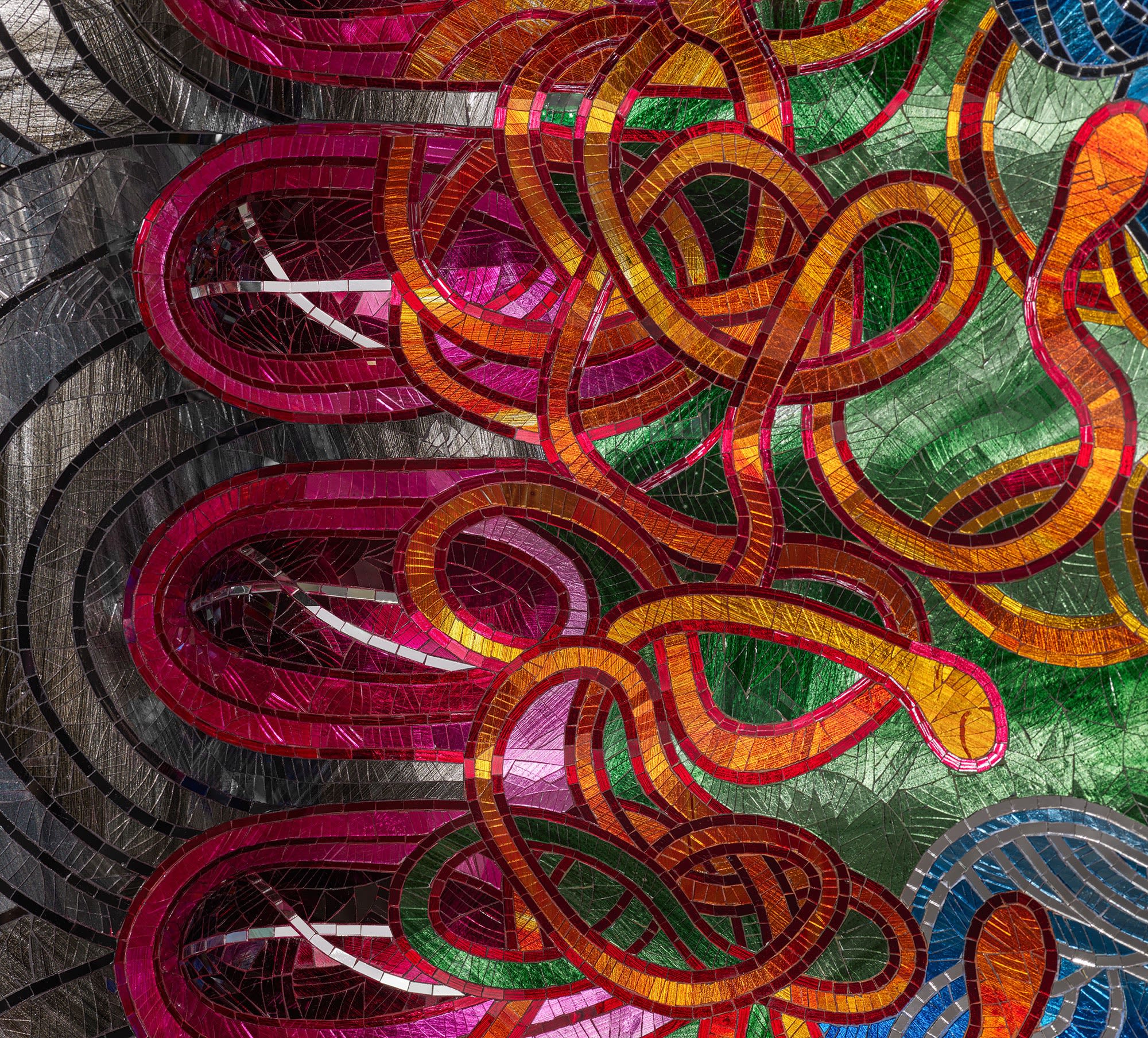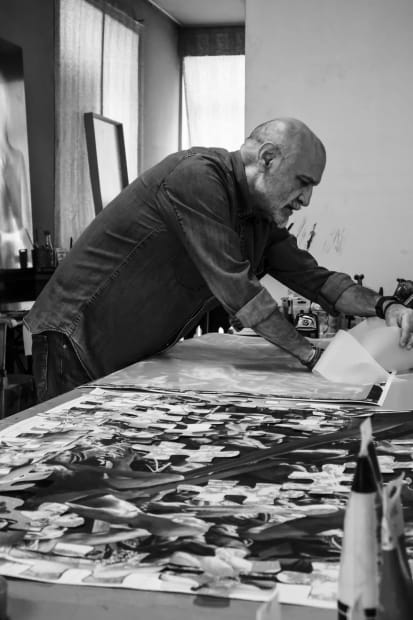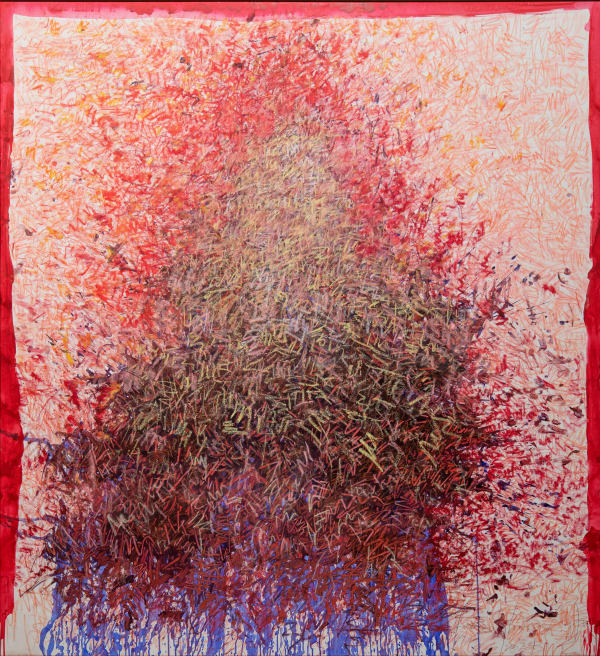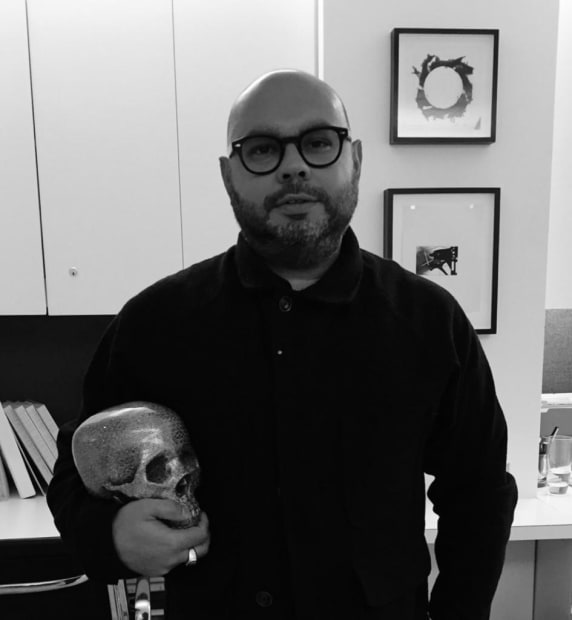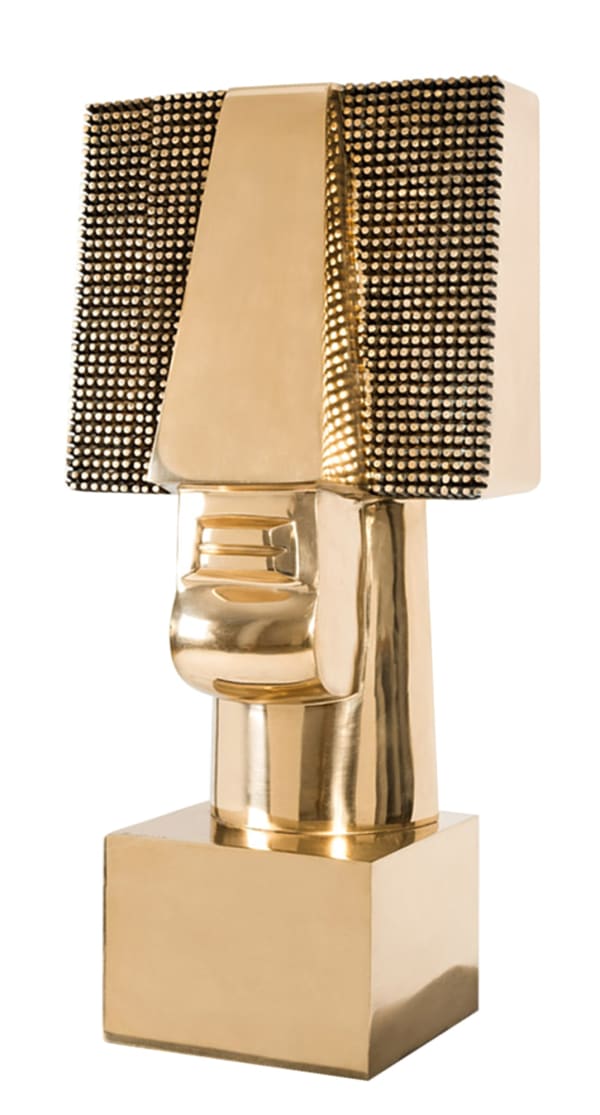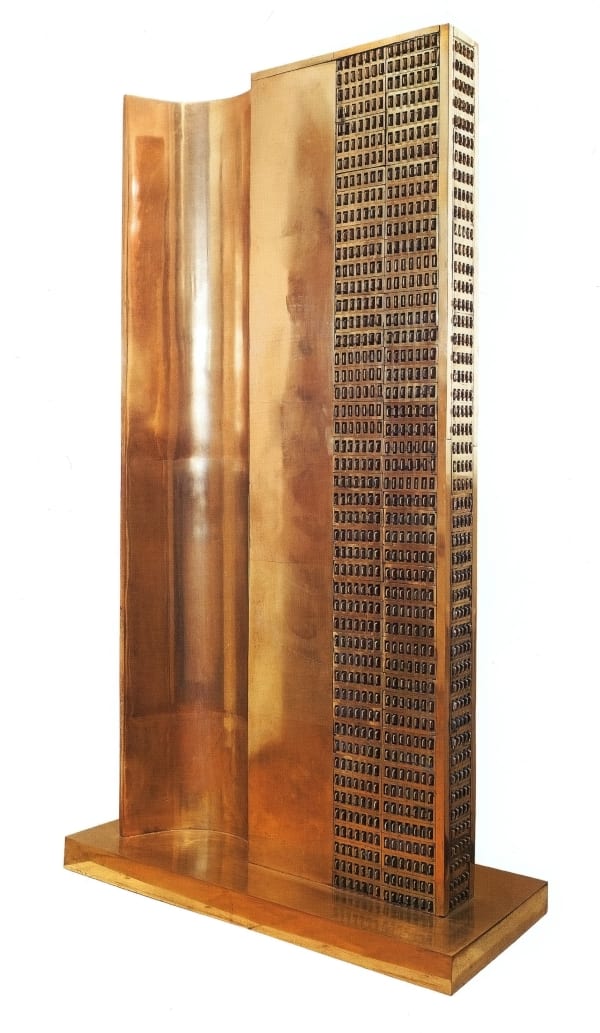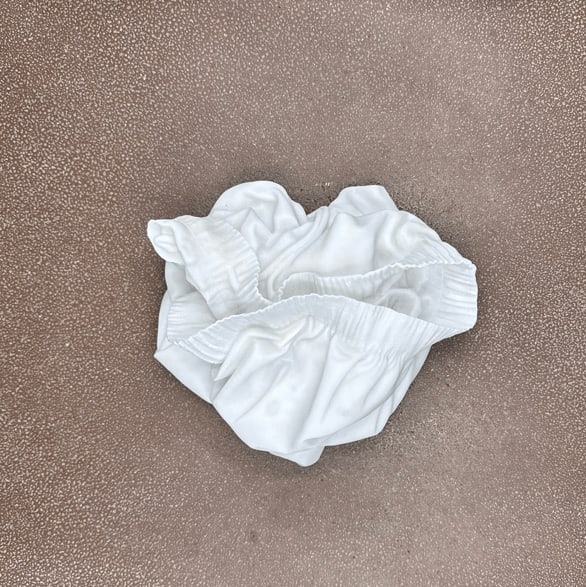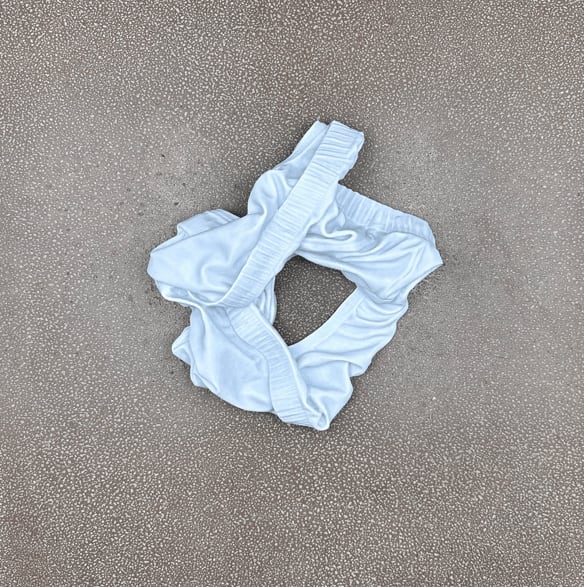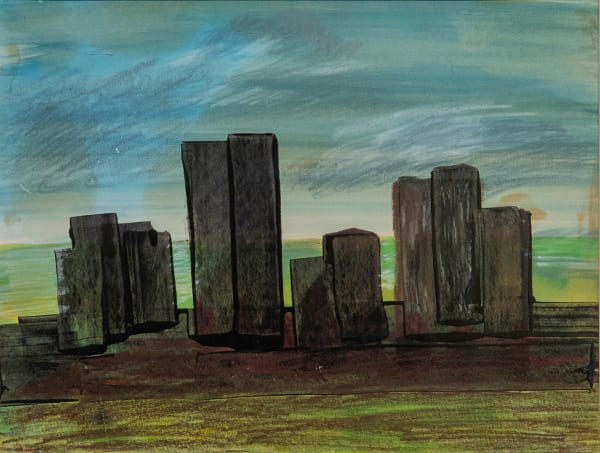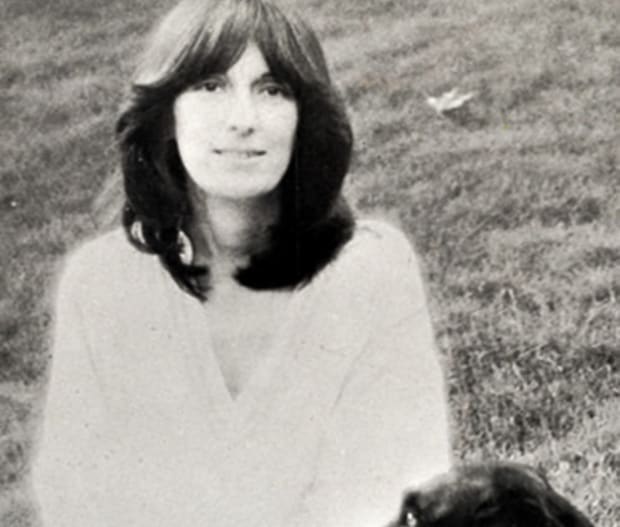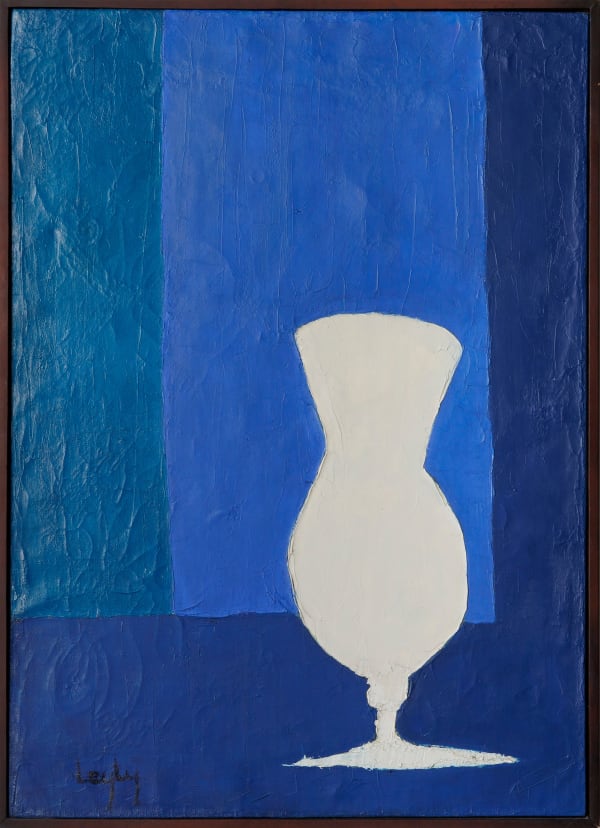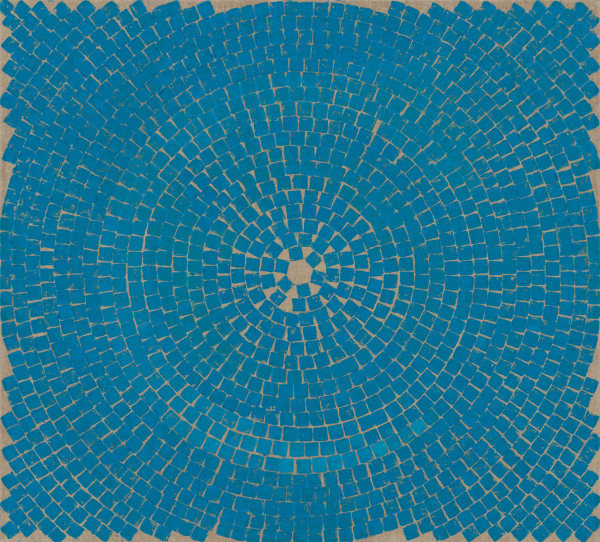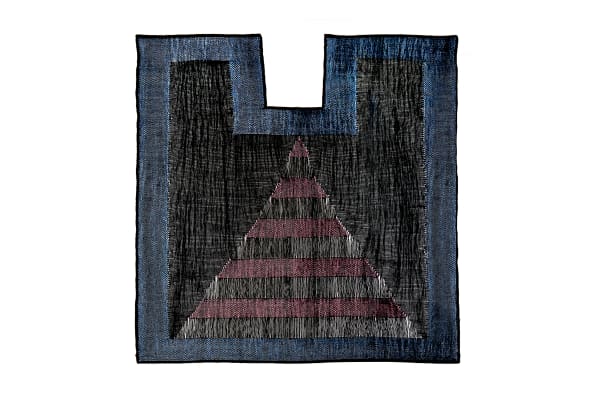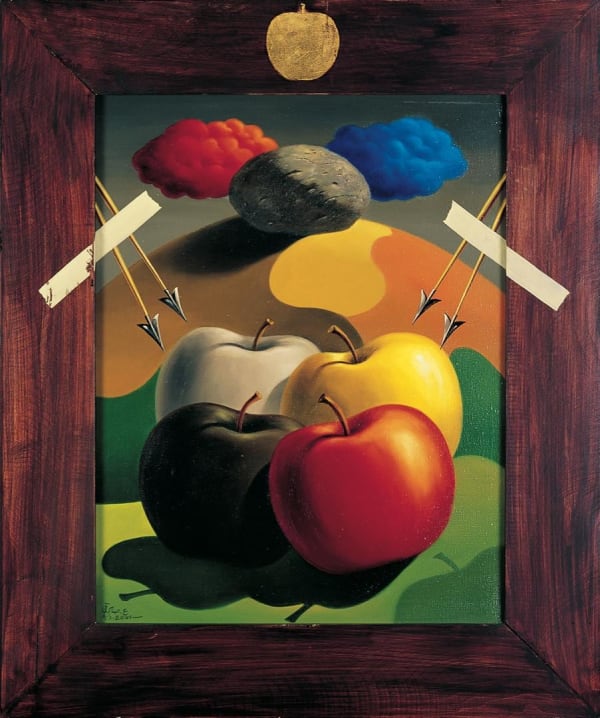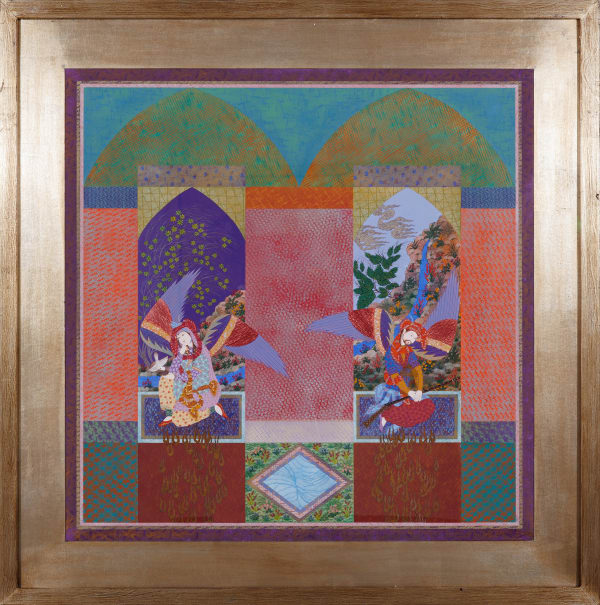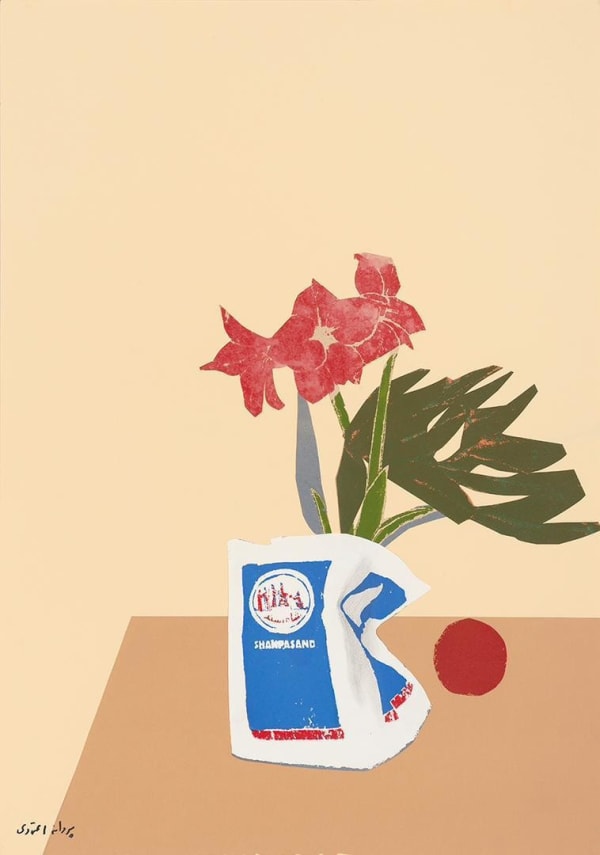-
Abu Dhabi Art 2024
-
Dastan is pleased to announce its participation at Abu Dhabi Art 2024 with a group presentation of works by Mohsen Vaziri Moghaddam (1924 – 2018), Behjat Sadr (1924 – 2009), Massoud Arabshahi (1935 – 2019), Leyly Matine Daftary (1936 – 2007), Parviz Tanavoli (b. 1937), Ali Akbar Sadeghi (b. 1937), Parvaneh Etemadi (b. 1945), Fereydoun Ave (b. 1945), Farah Ossouli (b. 1953), Bita Fayyazi (b. 1962), Y.Z. Kami (b. 1956), Mehrdad Mohebali (b. 1960), Reza Aramesh (b. 1970), Farrokh Mahdavi (b. 1970), Pooya Aryanpour (b. 1971), Andisheh Avini (b. 1974), and Taher Assad–Bakhtiari (b. 1982), marking the gallery's third time returning to the fair. The 16th edition of the Abu Dhabi Art will occur from 20 to 24 November 2024 at Manarat Al Saadiyat.Dastan’s presentation focuses on exploring the dialog between matter, material, and abstraction. The presentation brings together these works of the abovementioned artists to present a reading of how they, in their study as well as practice, transcend into abstraction and how their physical materials influence, allow and address such explorations.
-

-
-

-

-
-

-

-
About the FilmParviz Tanavoli is Iran's greatest living sculptor. As a guardian of ancient traditions and innovator of new forms of artistic expression, Tanavoli's contribution to the modern art movement of the Middle East is without equal. He is also the most important internationally recognized modern sculptor to ever call Canada home. "Parviz Tanavoli: Poetry in Bronze" tells the remarkable story of this esteemed artist's fascinating journey of creation that has spanned three continents and more than half a century.The documentry features exclusive interviews with Tanavoli and leading figures in the international art world. Together they illuminate the emergence and rise of this extraordinary artist who continues creating artistic masterpieces to this day.
-

-

-
Leyly Matine - Daftary

-
Y. Z. Kami (b. 1956, Tehran, Iran) is a renowned Iranian painter and sculptor based in New York, USA. Having received his diploma from Tehran School of Fine Arts (1955), he studied philosophy at the University of California at Berkeley (1976) and went on to a BA (1980) and MA (1982) from Sorbonne University in Paris. He started painting at an early age in the studio of his mother, who was also a portrait painter. His subsequent proclivity to philosophical explorations and mystical experiences has influenced his practice.
Y. Z. Kami is known for his large-scale paintings, depicting individuals, dispositions, and gestures in a soft light. He uses oil paint, dry pigments, and dust in his numerous portraits to arrive at a dry, matte surface, akin to frescoes and wall paintings in Byzantine and early Renaissance art. Other works draw on mystic and philosophical traditions, East or West, to imbue them with a spiritual dimension well grounded in their materiality (bricks, domes, hands, faces), and focus on a particular feature of a face or scene, capturing the moment of the artist's "encounter" with the subject. His installations, inspired by Islamic architecture, at times incorporating photography, are marked by the repetition of an element that leads to a unifying, circular, whirling form ("Dome", "Endless Prayers") and recreate the giddying, mystifying, and labyrinthine structure of sacred sites in Iran.
-

-
-

-

-
-

-

-

-

-

Bita Fayyazi
Beautiful Creatures, 2023Weaving Yarn, throw-away yarn (recycled), broken ceramics, metal wire
308 x 44 x 30 cm
121 1/2 x 17 1/2 x 12 in -

-
Abu Dhabi 2023



